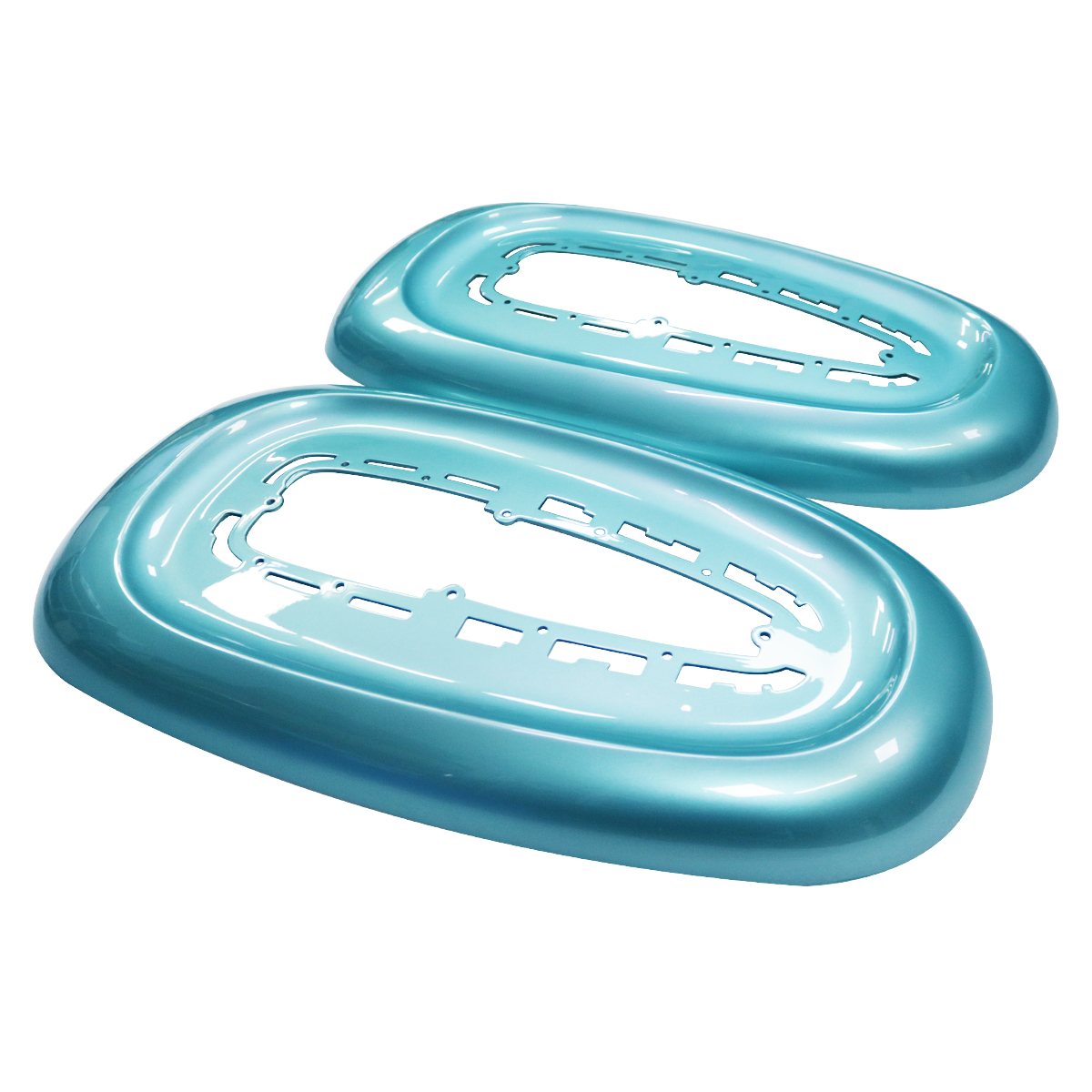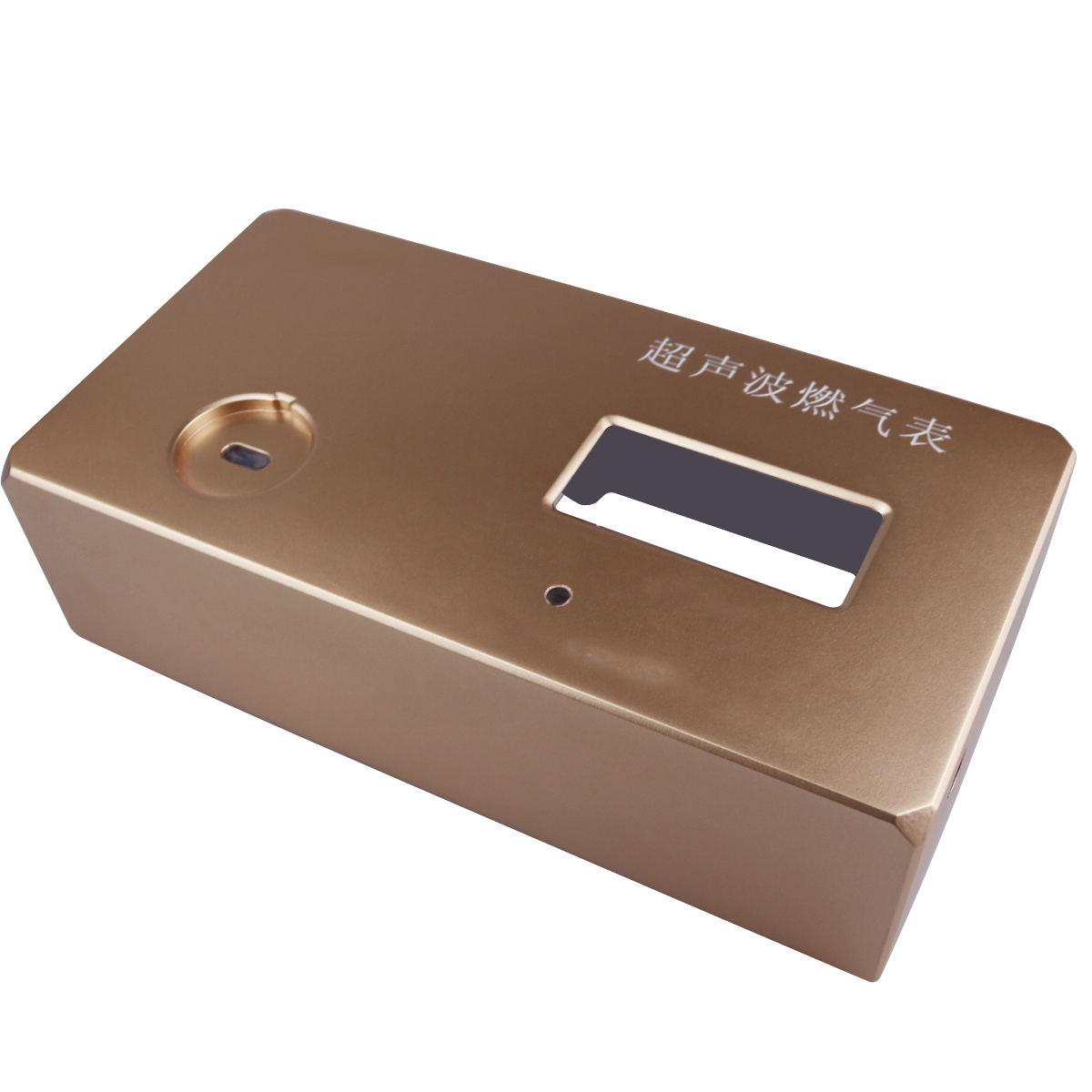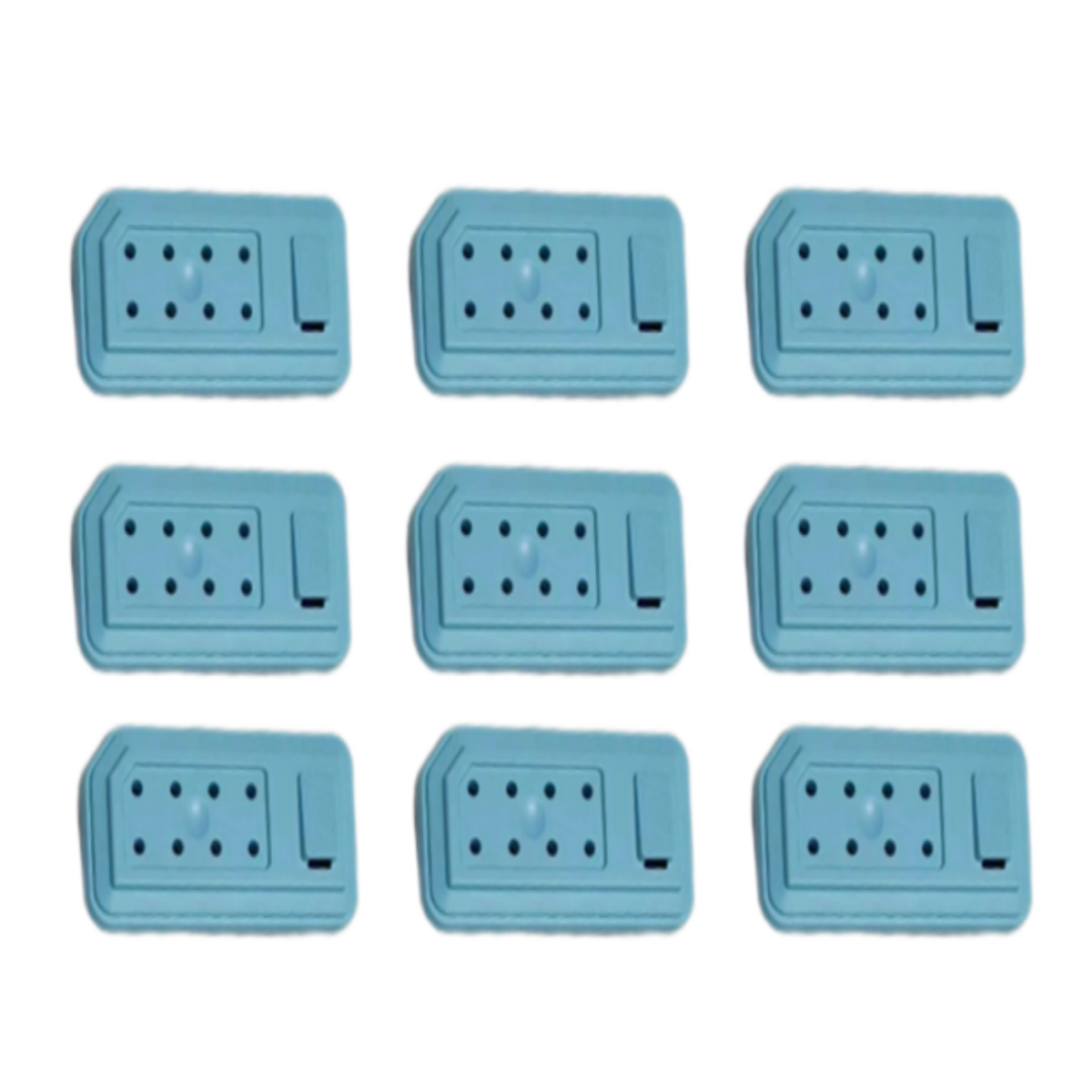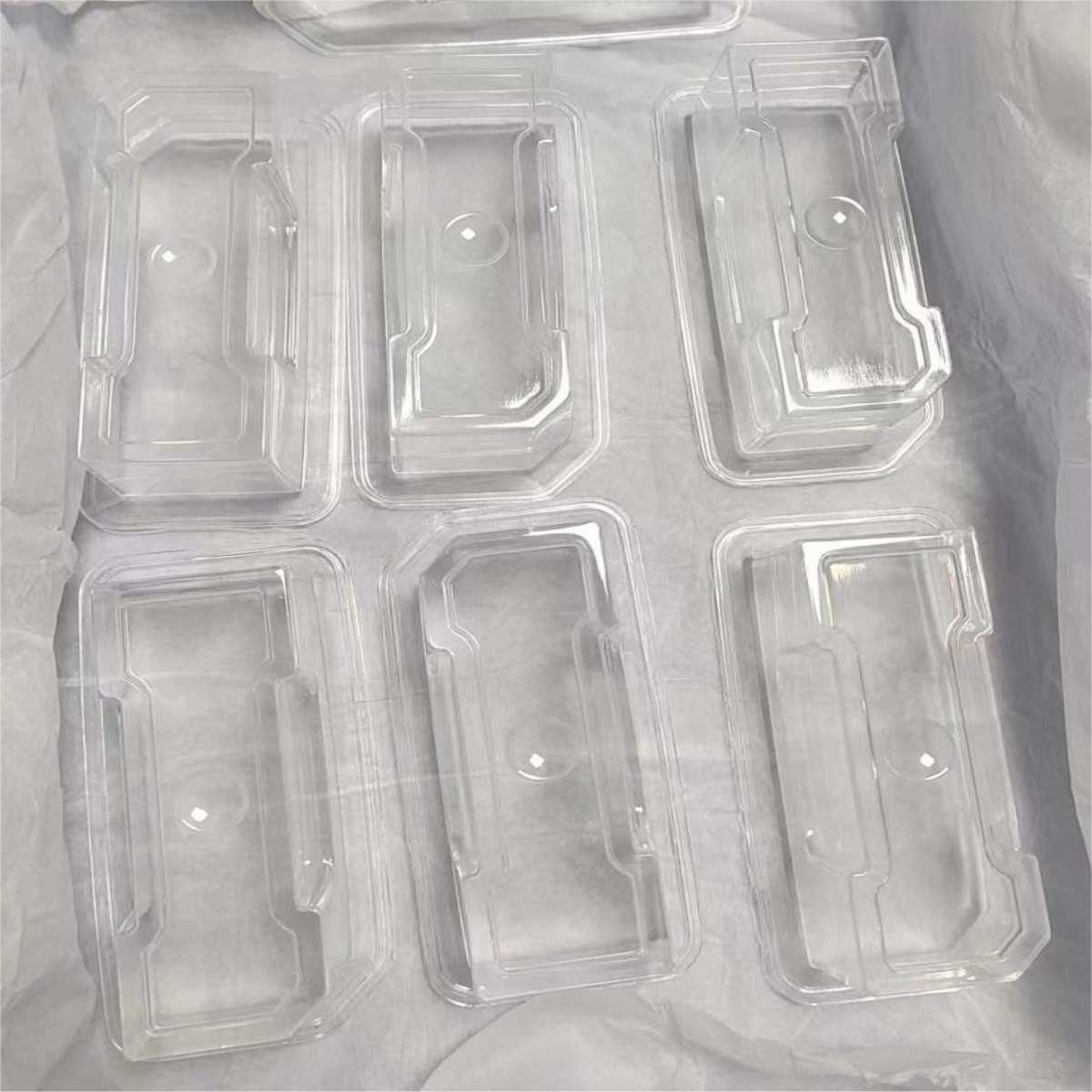- Building AB, No. 7 Shiji 2nd Road, Torch Development Zone, Zhongshan City, Guangdong Province, 528437, China.
- enquiry@apt-mold.com
- +86 18814246095
Vacuum casting, sometimes referred to as Urethane casting or Polyurethane casting uses silicone molds to make plastic and rubber components under vacuum.
It is an extremely adaptable manufacturing process capable of mimicking the injection molding to produce complex parts.

APT offers end-use, rigid plastic, rubber-like, and silicone parts with production-grade quality to fit your timeline and budget
Our customers use vacuum casting to create parts for showroom quality display models, engineering test samples, crowdfunding campaigns and more.
Comparing to steel mold for injection molding, the inexpensive silicone molds vacuum casting the parts demonstrate the same quality while taking only a fraction of the time, typically in 2 or 3 days.
There are various material options available such as clear, rubbery, flame retardant and food grade to fulfill your needs. We can also add glass fibers to increase the stiffness of ABS and nylon for even more design options.
APT offers a wide range of complementary finishing services to help your product come to life. Our finishing services include media blasting, printing, painting and more.
Vacuum Casting is a perfect alternative for insert molding or overmolding in low volumes with diverse material choices.
Our very capable engineers will analyze your part geometry to identify any features that may be difficult to vacuum casting and help with trouble shooting by providing you with innovative solutions.
APT offers end-use, rigid plastic, rubber-like, and silicone parts with production-grade quality to fit your timeline and budget
Our customers use vacuum casting to create parts for showroom quality display models, engineering test samples, crowdfunding campaigns and more.
Comparing to steel mold for injection molding, the inexpensive silicone molds vacuum casting the parts demonstrate the same quality while taking only a fraction of the time, typically in 2 or 3 days.
There are various material options available such as clear, rubbery, flame retardant and food grade to fulfill your needs. We can also add glass fibers to increase the stiffness of ABS and nylon for even more design options.
APT offers a wide range of complementary finishing services to help your product come to life. Our finishing services include media blasting, printing, painting and more.
Vacuum Casting is a perfect alternative for insert molding or overmolding in low volumes with diverse material choices.
Our very capable engineers will analyze your part geometry to identify any features that may be difficult to vacuum casting and help with trouble shooting by providing you with innovative solutions.
See how major industries use vacuum casting to create parts for showroom quality display models, engineering test samples, crowdfunding campaigns and more.
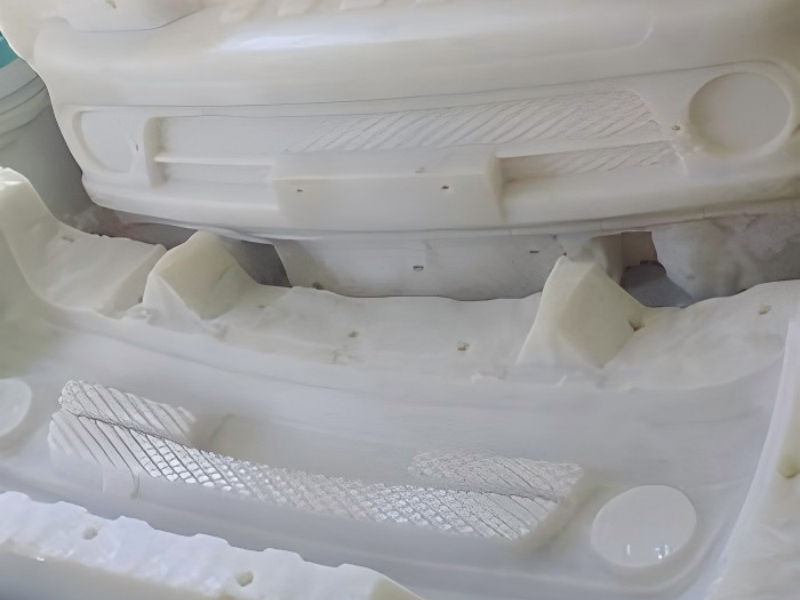
Automotive Industry
An ideal rapid prototype service when preparing a product such as dashboards, door handles, light covers, air vents, etc. for high volume production, especially with injection molding.
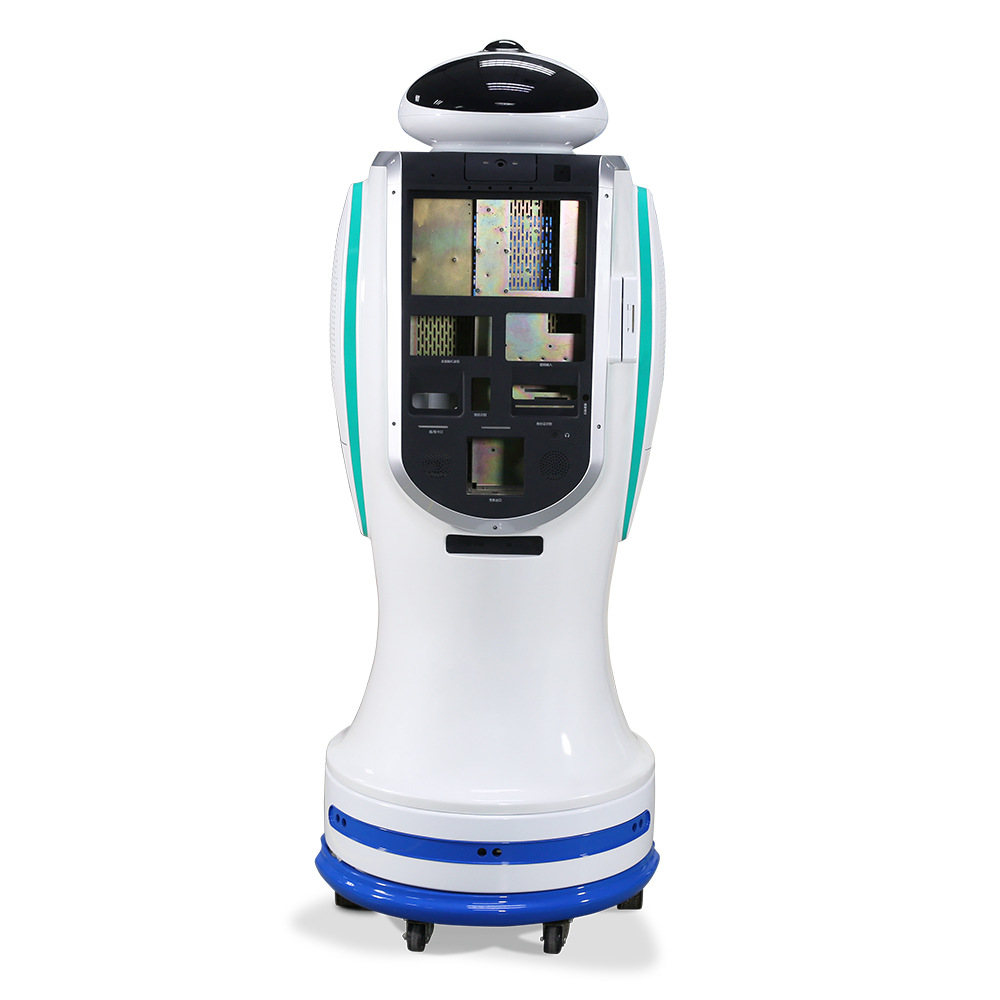
Consumer Electronics
From show-room quality display models to end-use products, vacuum casting accelerates product development and market introduction.
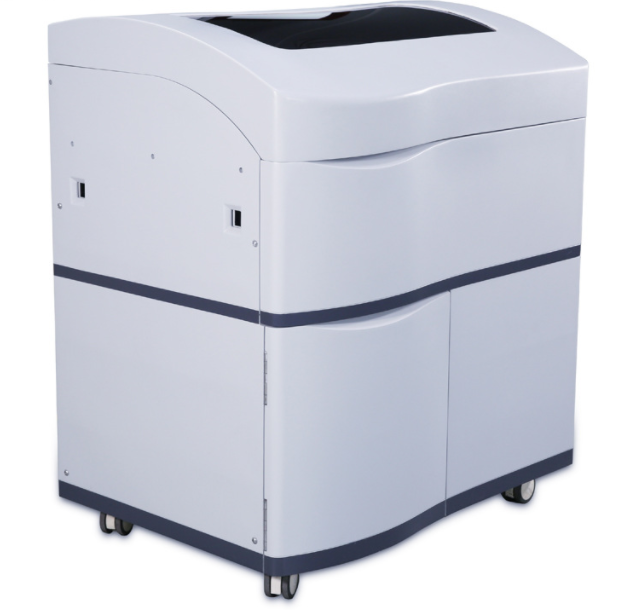
Medical and Healthcare
Vacuum casting has a lot to offer the medtech industry, design flexibility, affordability, and a short time-to-market, to support customers innovate successfully.
Selecting a suitable vacuum casting material and surface finish is essential for creating high-quality castings. APT provides various material options such as clear, rubbery, flame retardant and food grade along with a wide range of surface finishing options like media blasting, printing, painting and more to fulfill your needs.
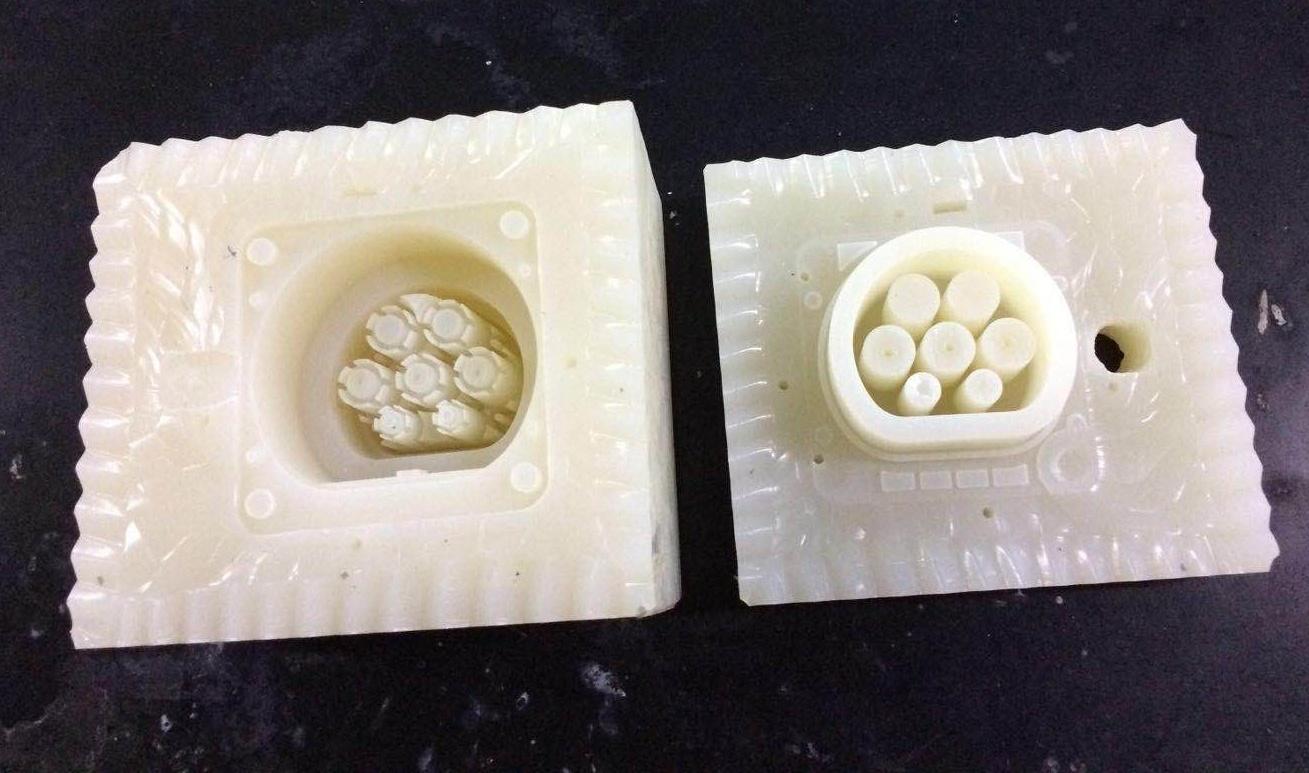
+86 18814246095
Here are the answers to the frequently asked questions. Any other questions, please feel free to contact us at enquiry@apt-mold.com.
Vacuum casting works in a way similar to traditional injection molding where it requires a mold with a part shaped cavity. The injection mold tools are made of metal (steel, aluminum, etc.), while vacuum casting uses soft silicone molds.
There are three steps to making polyurethane vacuum casting parts:
+/-.010” for the first inch and +/-.005″ for each inch after that is typical. Irregular or overly-thick geometries may cause deviances or deflection due to shrinkage.
Surface finish is externally smoothed to a satin or matte surface. Grow lines may be present on internal or difficult-to-access features. Polishing or custom finishes must be clearly defined and agreed upon before production released.
We perform inspections at every step of the product manufacturing journey, from incoming material verification, first article inspection for both master patterns and castings, in-process and final inspection. You will receive complete digital files to meet your goals.
APT don’t provide any design service for the moment. We need our customers to provide us 3D CAD design or decent physical sample for vacuum casting usage.

Justo ornare ad elementum aenean lorem penatibus amet consectetuer blandit natoque. Vestibulum tellus felis egestas ullamcorper parturient molestie aenean condimentum.
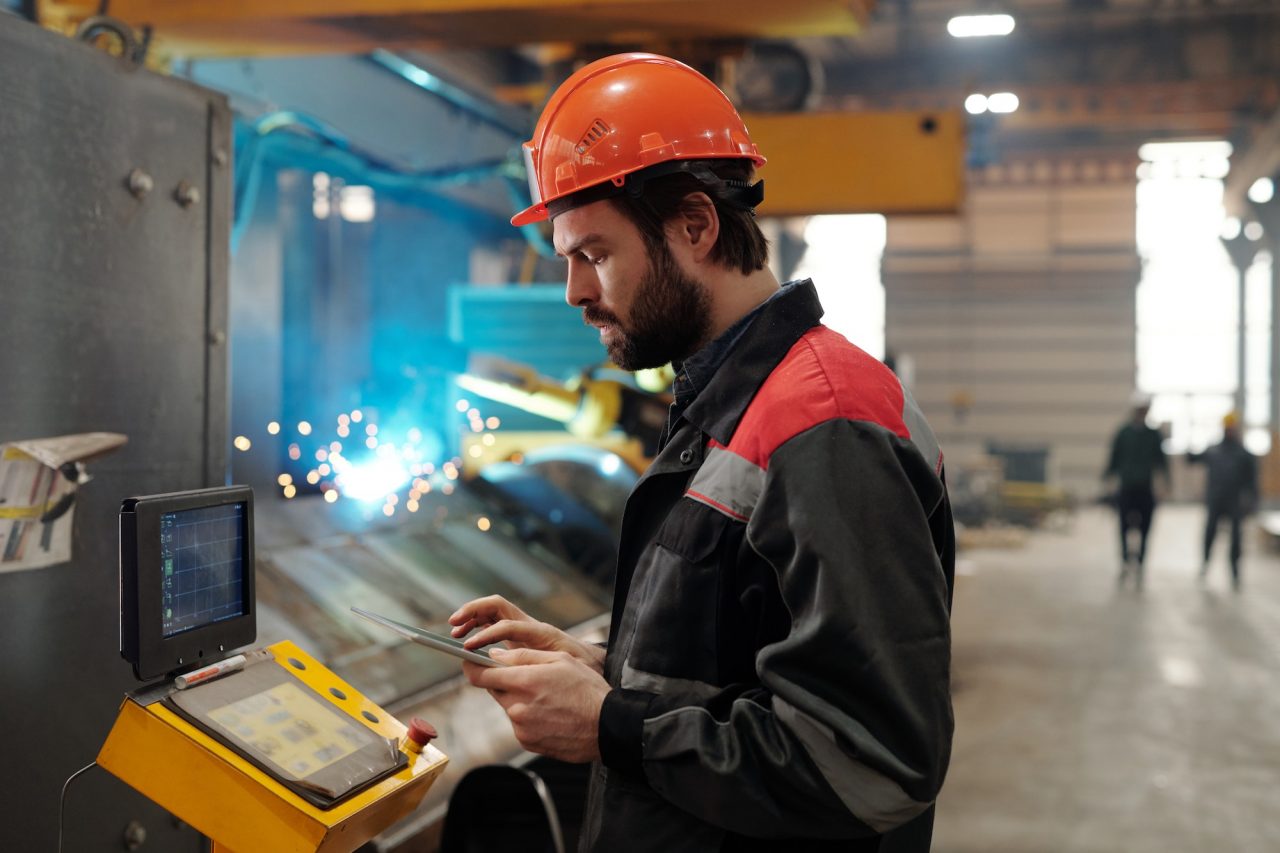
Case1
Lorem ipsum dolor sit amet, consectetur adipiscing elit. Ut elit tellus, luctus nec ullamcorper mattis, pulvinar dapibus leo.
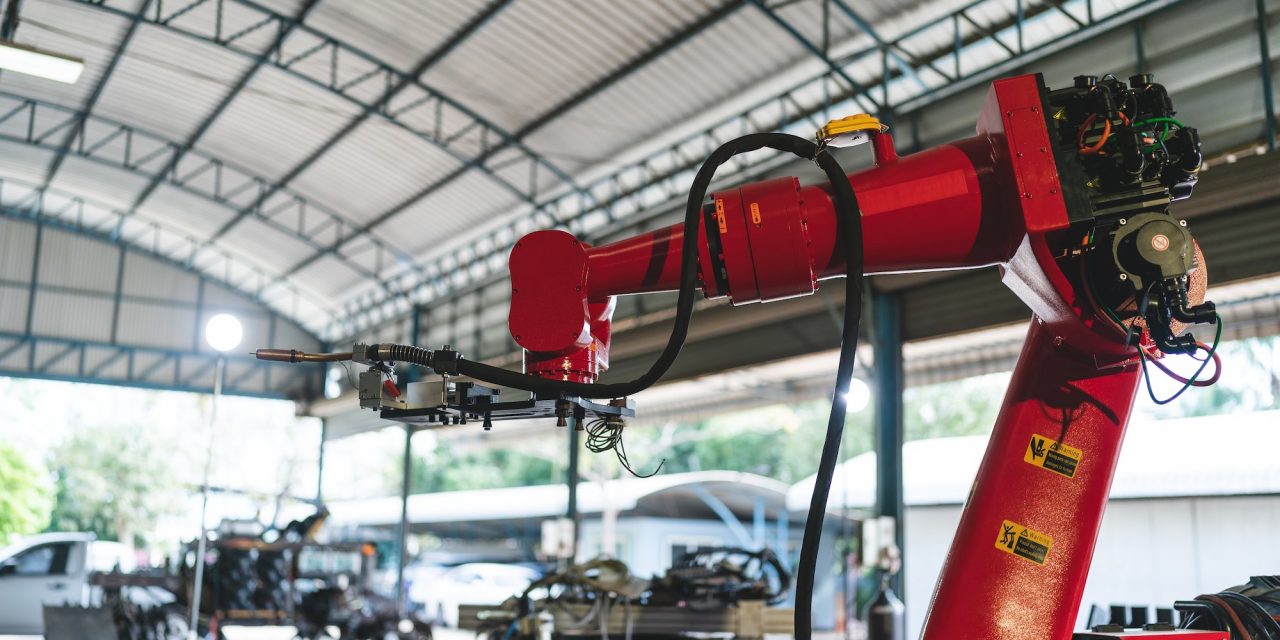
Case2
Lorem ipsum dolor sit amet, consectetur adipiscing elit. Ut elit tellus, luctus nec ullamcorper mattis, pulvinar dapibus leo.
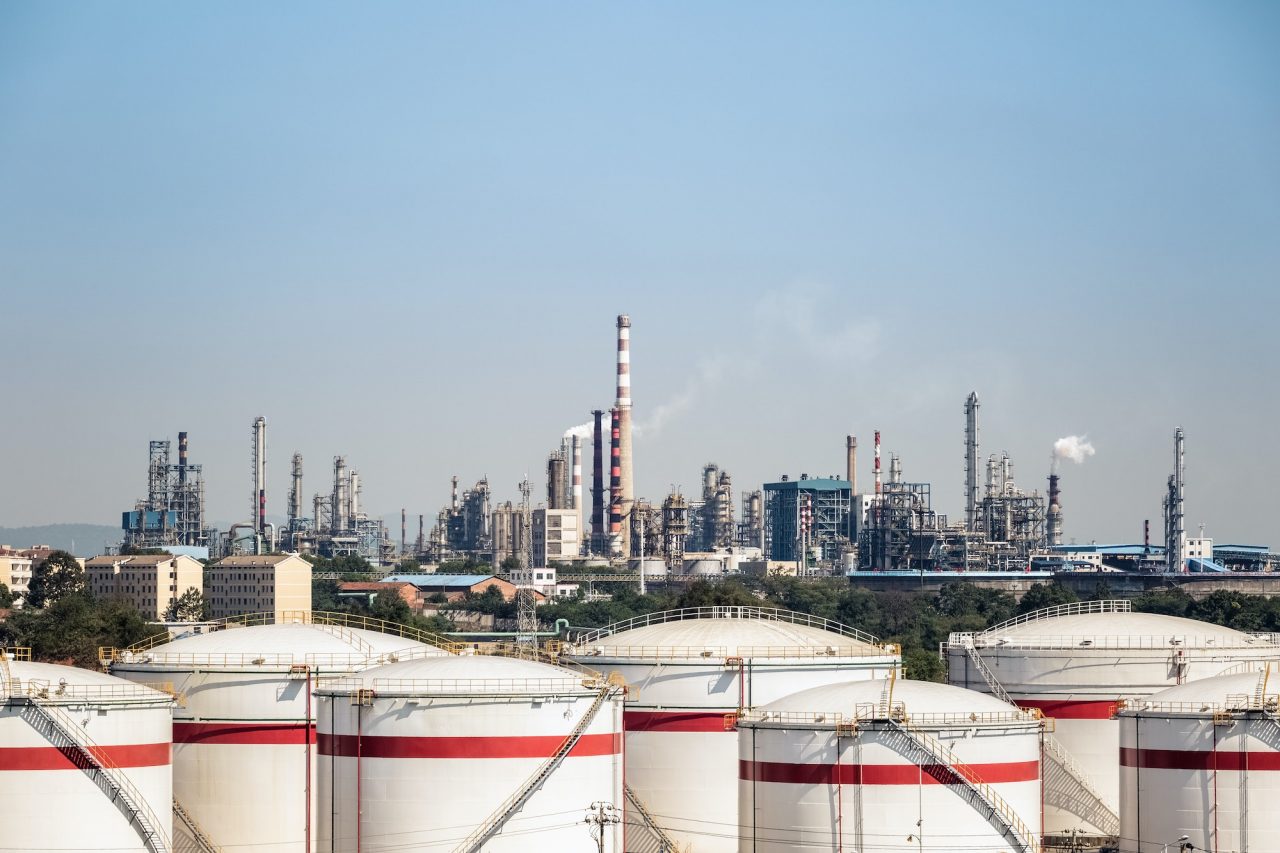
Case3
Lorem ipsum dolor sit amet, consectetur adipiscing elit. Ut elit tellus, luctus nec ullamcorper mattis, pulvinar dapibus leo.
